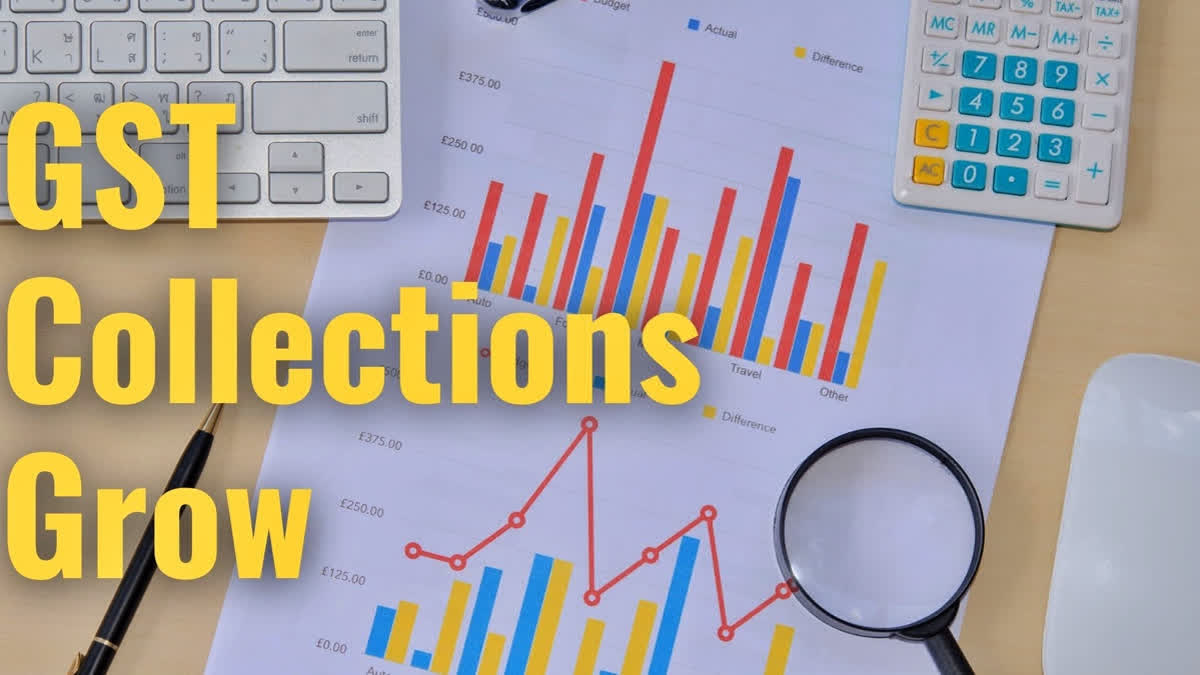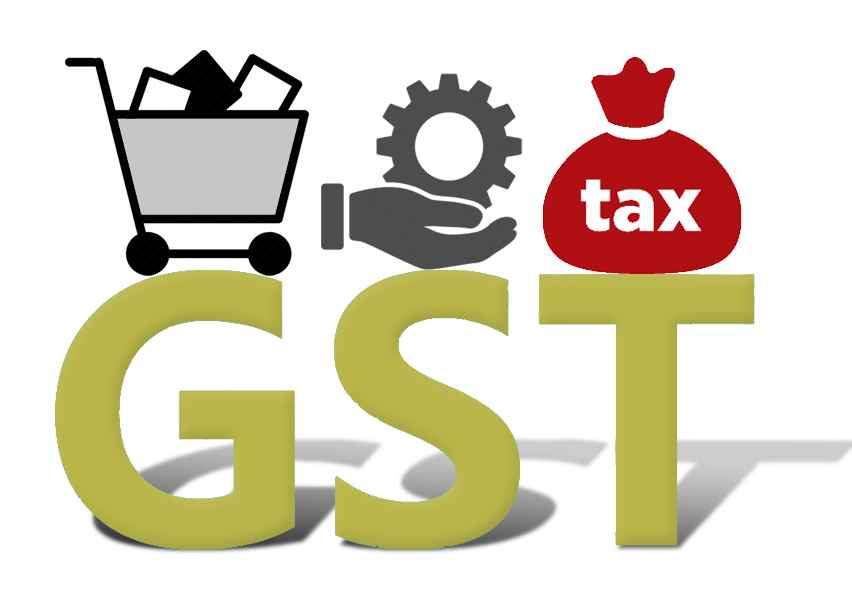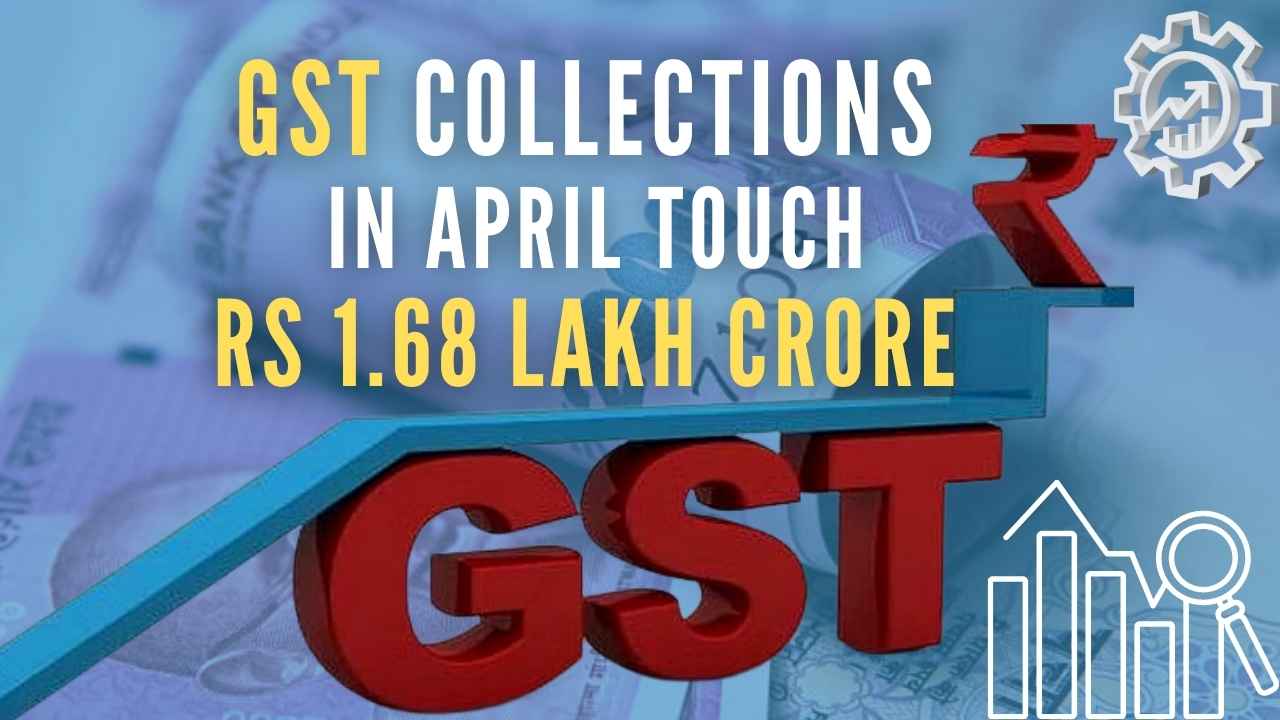Is Hike In GST Collection An Indicator Of Healthy Economy?
The highest-ever single-day GST collection was on April 20, 2023, when ₹ 68,228 crore was collected through 9.8 lakh transactions.

GST receipts increased by 12% in April to Rs 1.87 lakh crore, the highest monthly tally since the implementation of the indirect tax structure. Domestic transaction revenues (including service imports) were 16% higher during the month than during the same month last year.

- Goods and Service Tax revenue in Karnataka increased by 23% to Rs 14,593 crore in April 2023, up from Rs 11,820 crore in the same month the previous year.
- In April, Maharashtra’s collections increased by 21% year on year to Rs 33,196 crore.
- In Uttar Pradesh, it increased by 21% to Rs 10,320 crore.
- In Haryana, the Goods and Service Tax collection increased by 22% year on year to Rs 10,035 crore.
However, growth in GST collection was slow in Gujarat, Delhi, Rajasthan, and Odisha.
The previous record of Rs 1.68 lakh crore was set in April 2022. According to the finance ministry, the gross GST income received in April 2023 is Rs 1,87,035 crore, of which the components are the following.
- CGST is Rs 38,440 crore.
- SGST is Rs 47,412 crore.
- IGST is Rs 89,158 crore (including Rs 34,972 crore collected on import of goods).
- Cess is Rs 12,025 crore.

Gross Goods and Service Tax collection has surpassed Rs 1.75 lakh crore for the first time. The total number of e-way bills issued in March 2023 was 9 crore, 11% more than the 8.1 crore e-way bills generated in February 2023. According to Ajay Singh, President of the industry association ASSOCHAM, the GST figures indicate that the Indian economy is growing well, owing to a considerable increase in consumer demand.
The highest-ever single-day Goods and Service Tax collection was on April 20, 2023, when ₹ 68,228 crore was collected through 9.8 lakh transactions. Last year (on the same day), the largest single-day payment was Rs 57,846 crore, with 9.6 lakh transactions. The highest-ever GST collection in April reflects a positive trend, indicating increased domestic demand and, as a result, development in the Indian economy. According to experts, this also demonstrates that the collection suggests improved corporate compliance and sustained development, but global expansion remains a hurdle.
According to the Union finance ministry, the central government deposited Rs 45,864 crore to CGST and Rs 37,959 crore to SGST from IGST in April. After normal settlement, the total income of the centre and the states in April 2023 is INR 84,304 crore for CGST and INR 85,371 crore for SGST.
Some expert opinions.
While collections have remained healthy at 11-13 per cent growth in recent months, Aditi Nayar, chief economist at ICRA, believes that a normalising base and some cooling of inflation will tackle the pace of expansion in the coming quarter, though it will remain in the high single digits.

It would not be unexpected if revenues reached Rs 2 lakh crore each month by the end of this fiscal year. Aside from economic growth driven by increased consumer demand, a greater emphasis on technology, including advanced data analytics, drives this expansion. According to Pratik Jain, Partner at Price Waterhouse & Co LLP, this may be a good moment for the GST council to restart discussions on GST rate rationalisation.
Conclusion.
The increased compliance measures and promising domestic demand circumstances can also be contributed to the performance. This follows monthly Goods and Service Tax receipts consistently above Rs 1.4 lakh crore during FY23 and is, therefore, a testament to the robust economic growth and increased efforts to enhance compliance. According to MS Mani, Partner, Deloitte India, the majority of significant states have recorded a 20% or more increase over the same period last year, demonstrating a wide degree of development across industries and states. Experts believe that the lessening of inflationary pressures will improve the economy’s total domestic demand in the future.




